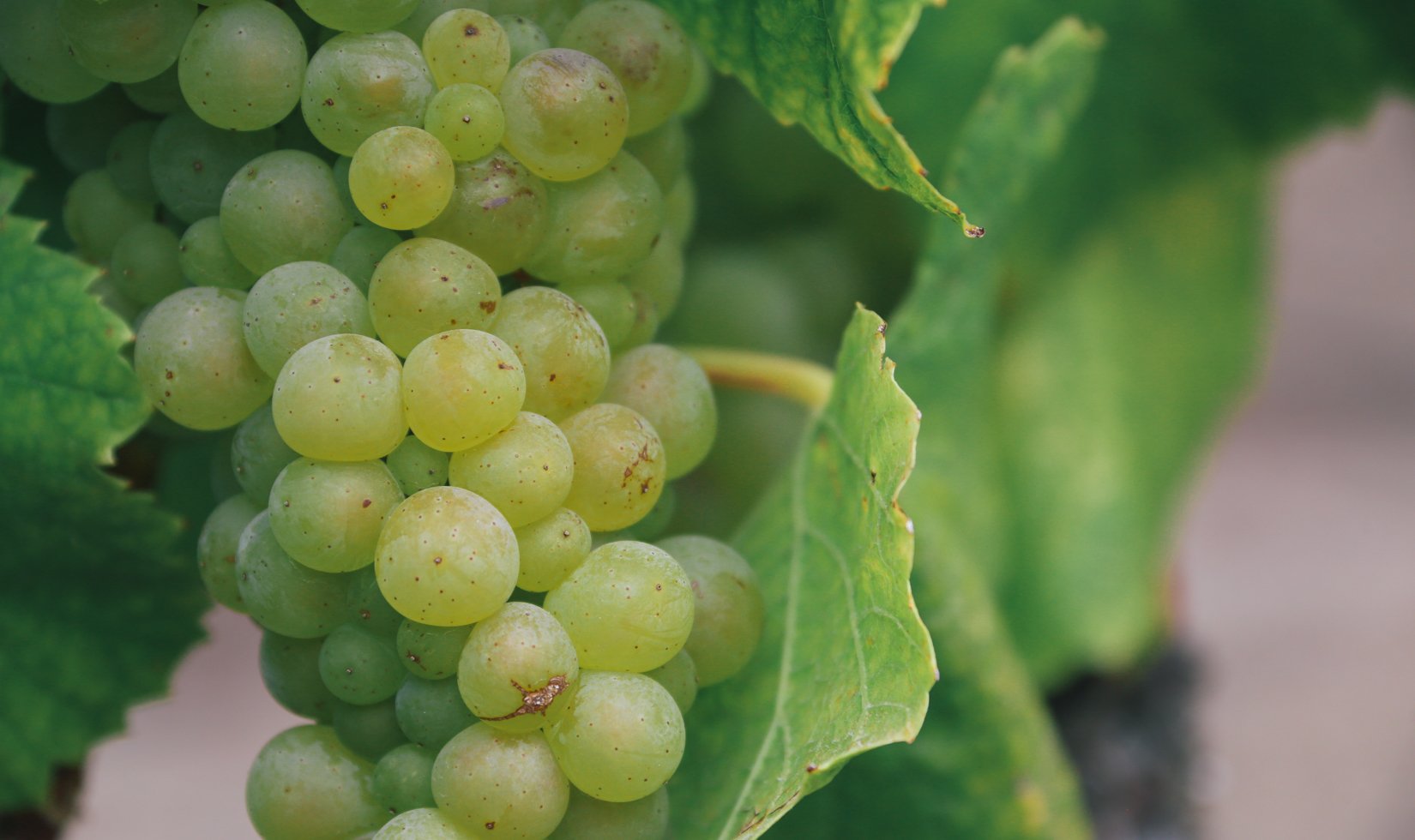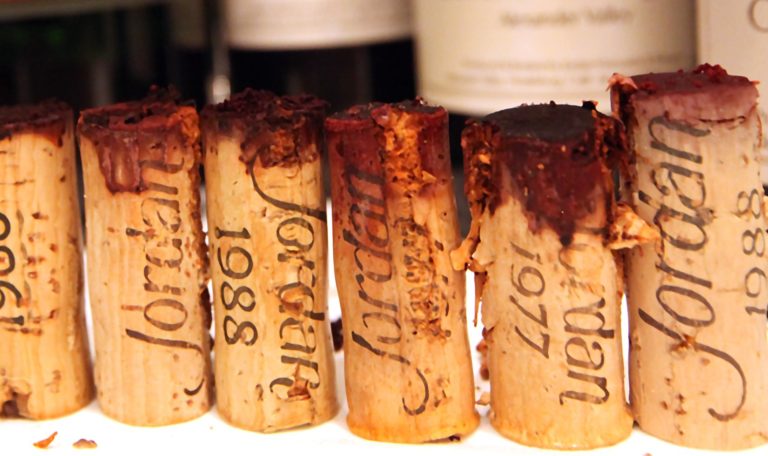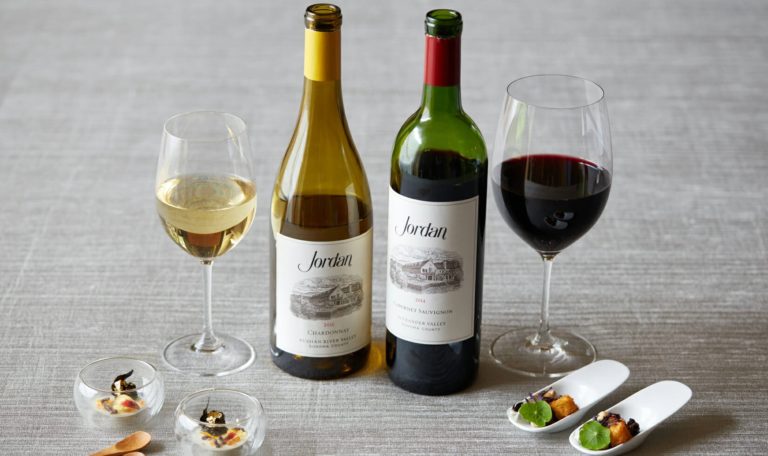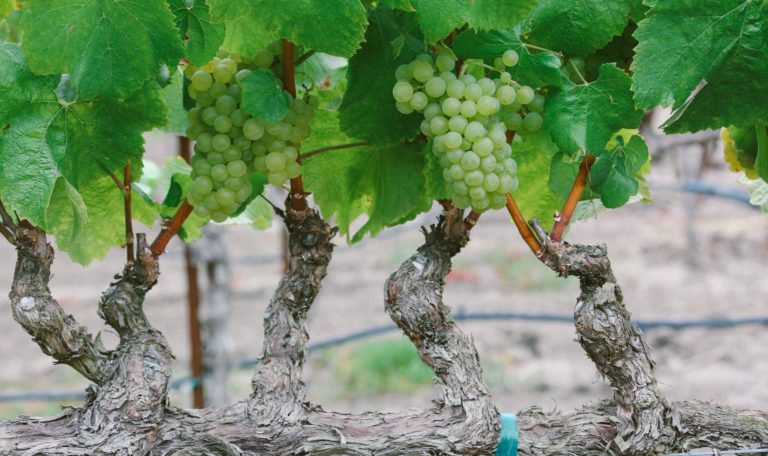After a more challenging vintage in 2015, Mother Nature was very kind to the grapes throughout the 2016 growing season in Sonoma County, allowing us to make phenomenal wines from the 41st harvest at Jordan Winery. There were six key factors that influenced the quality of the wines from 2016, which are included below based on our experiences with Jordan Russian River Valley Chardonnay. The opportunity to work with such delicately spiced fruit with such lively acidity was especially fun, offering so many aromas and flavors to employ on our vintage canvas.
Watch my Facebook Live video for the full 2016 Jordan vintage report.
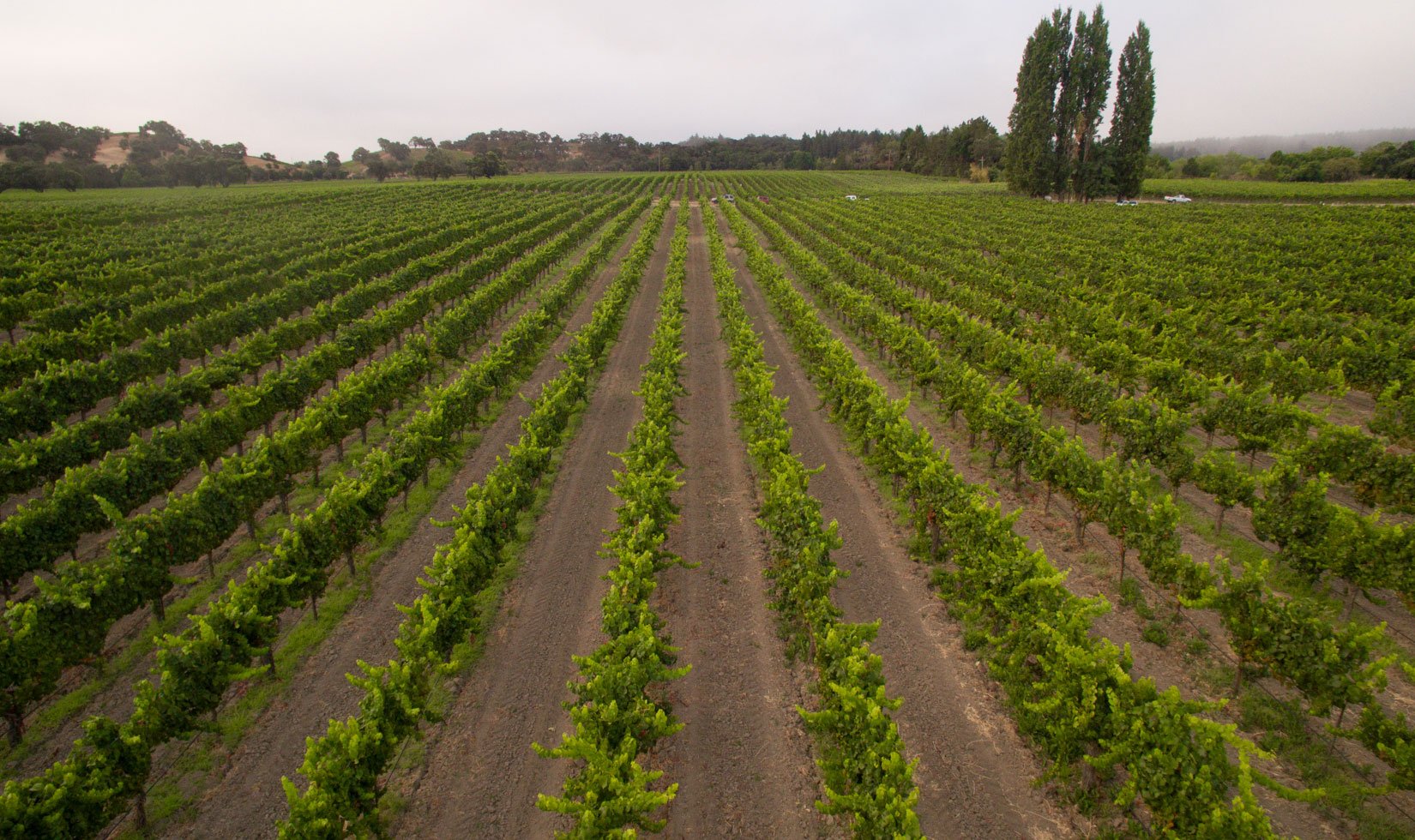
2016 was a Phenomenal Growing Season Overall for Russian River Chardonnay
Vineyards throughout the world tend to favor what is described as a Mediterranean climate–an arid growing season lacking in extreme heat and cold, and 2016 was one of our more moderate growing seasons of the past 10 years—ample rain in winter, no frost in spring, no heat spikes in summer and no rain at harvest. The rainy winter restored the water table and reservoirs, which had been depleted by the historic drought. Bud break occurred early yet again, thanks to a warm spell in February, but no frost damage or serious disruption to grapevine flowering occurred due to the mild spring. Moderate weather prevailed throughout June and July without unwanted heat spikes. Moderate growing seasons like 2016 lead to phenomenal fruit flavors and thus excellent wines.
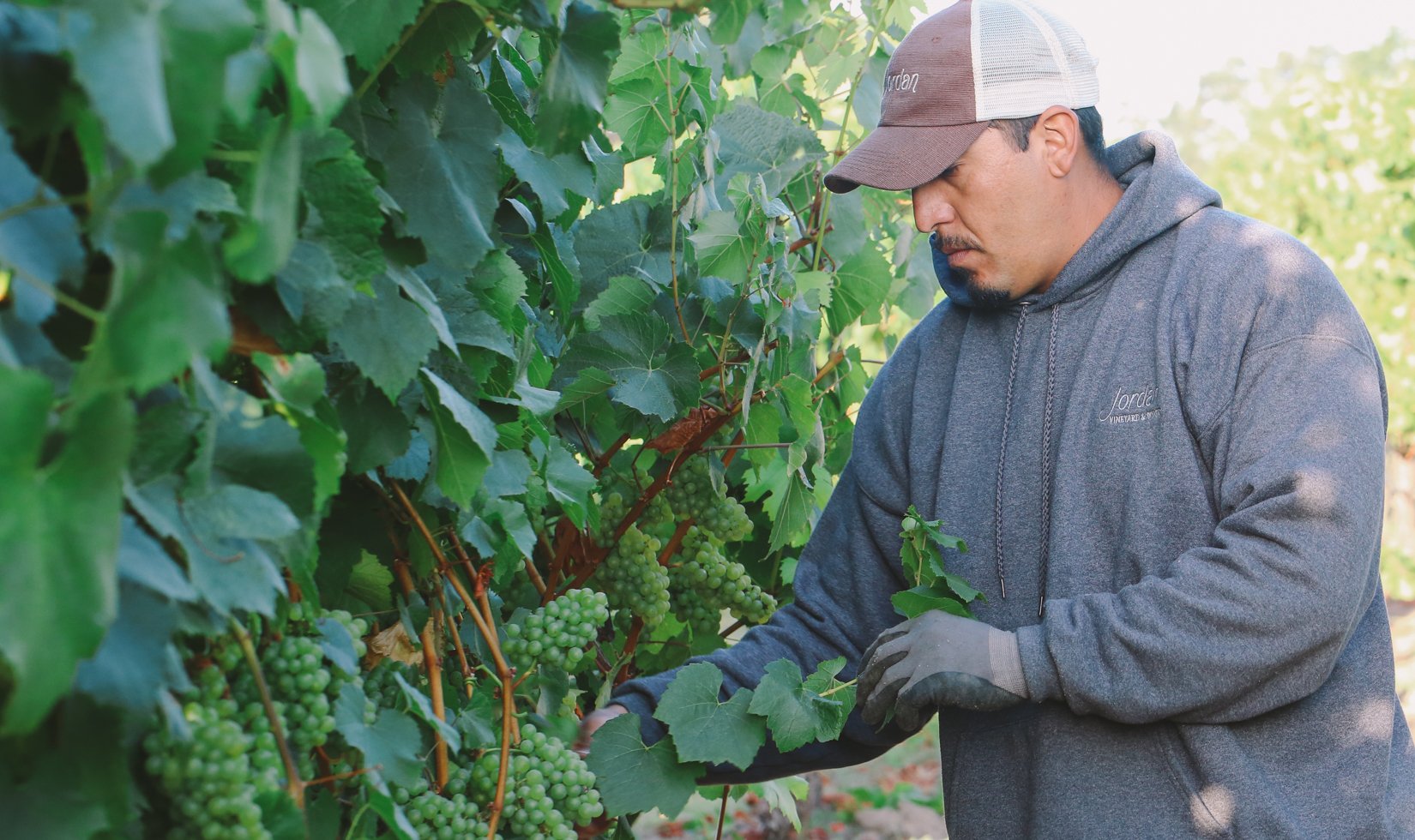
2016 was a Stress-Free Vintage for Grapes and Growers Alike
There was a lack of stress for the grapes and for the growers in 2016, and for that, we were very grateful. Due to the early bud break, we took additional measures to avoid frost damage by mowing flowering cover crops earlier than normal, ensuring that the cold air wouldn’t get trapped in the vineyard rows of actively growing vines. But the threat of frost, which passed without incident, was the only real nail biter of the growing season. Moderate weather in summer made 2016 a more relaxing vintage for farmers, due to the lack of extreme weather events. As the uniform crop began to grow in summer, we thinned leaves from the eastern morning-sun side of the grapevines to encourage ripening, while the leaves covering the fruiting zone were left untouched on the western afternoon-sun side to prevent sunburn. During the unusually cool August, mildew pressures were high, but our vineyard teams mitigated any threats with organic fungicide treatments. Additional leaves were removed in August to open up the canopy and allow air movement to the clusters—a practice to prevent bunch rot, a common ailment for the tightly clustered chardonnay grapes.
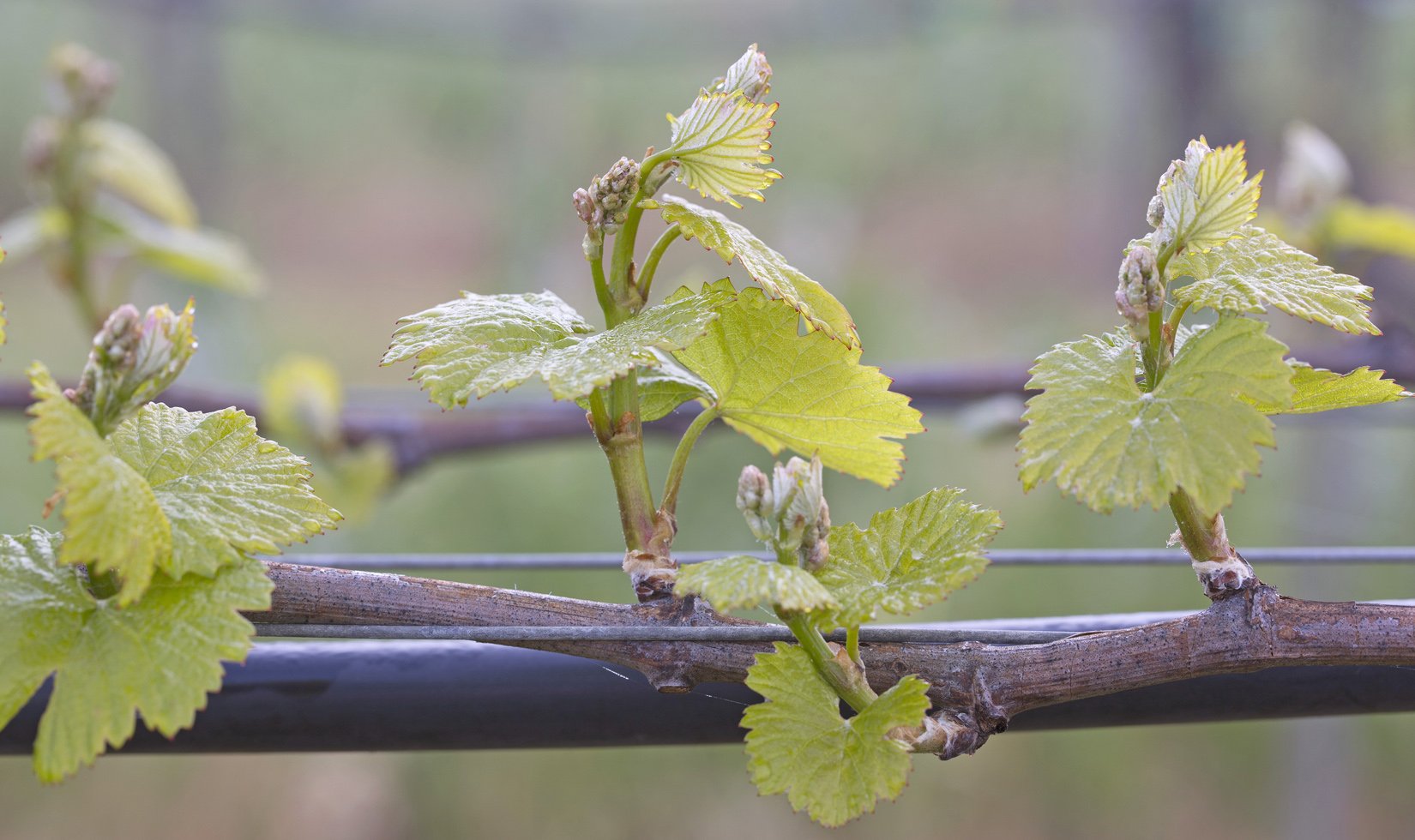
Grapevines Grew Uniformly in 2016
Jordan Chardonnay’s harmony is achieved by uniformity of growth in the vineyard, and all the leaves burst at the same time during spring bud break and continued to grow in concert through the May flowering of the grapes and right into summer fruit set. When growth of the plant is uniform through the growing season, the grapes ripen together and their flavors and aromas are both more consistent and more intense.
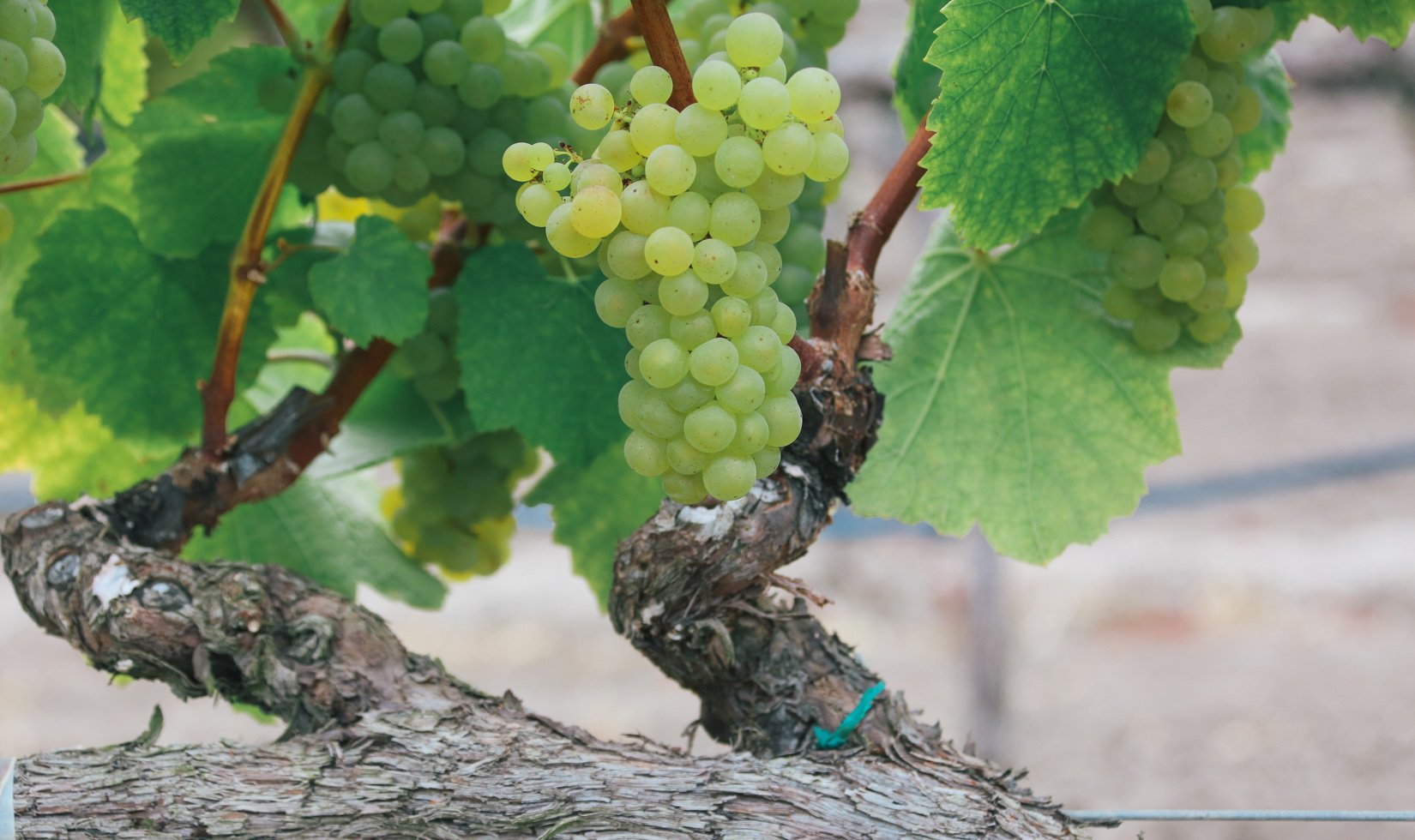
The 2016 Vintage Crop was Average in Size
Fruit set occurred as usual in June 2016, revealing an average-sized crop for all of our Russian River chardonnay growers—down only about 15% of a typical vintage. Great vintages go hand-in-hand with a balanced vine–when grapevines carry too much or too little fruit, they struggle to achieve a harmony and balance of fruit, acidity and sugar. It is very uncommon to have a bumper crop with concentrated, perfect flavors and aromas–the 2012 vintage being the exception to the rule. The normal crop size for chardonnay growers allowed the grapevines to mature their clusters evenly throughout the moderate summer. In 2016, the farming practice of veraison thinning, sacrificing about 10% of the overall clusters, was employed to ensure that the fruit on the vine continued to ripen evenly during the unseasonably cool weather that proceeded harvest.
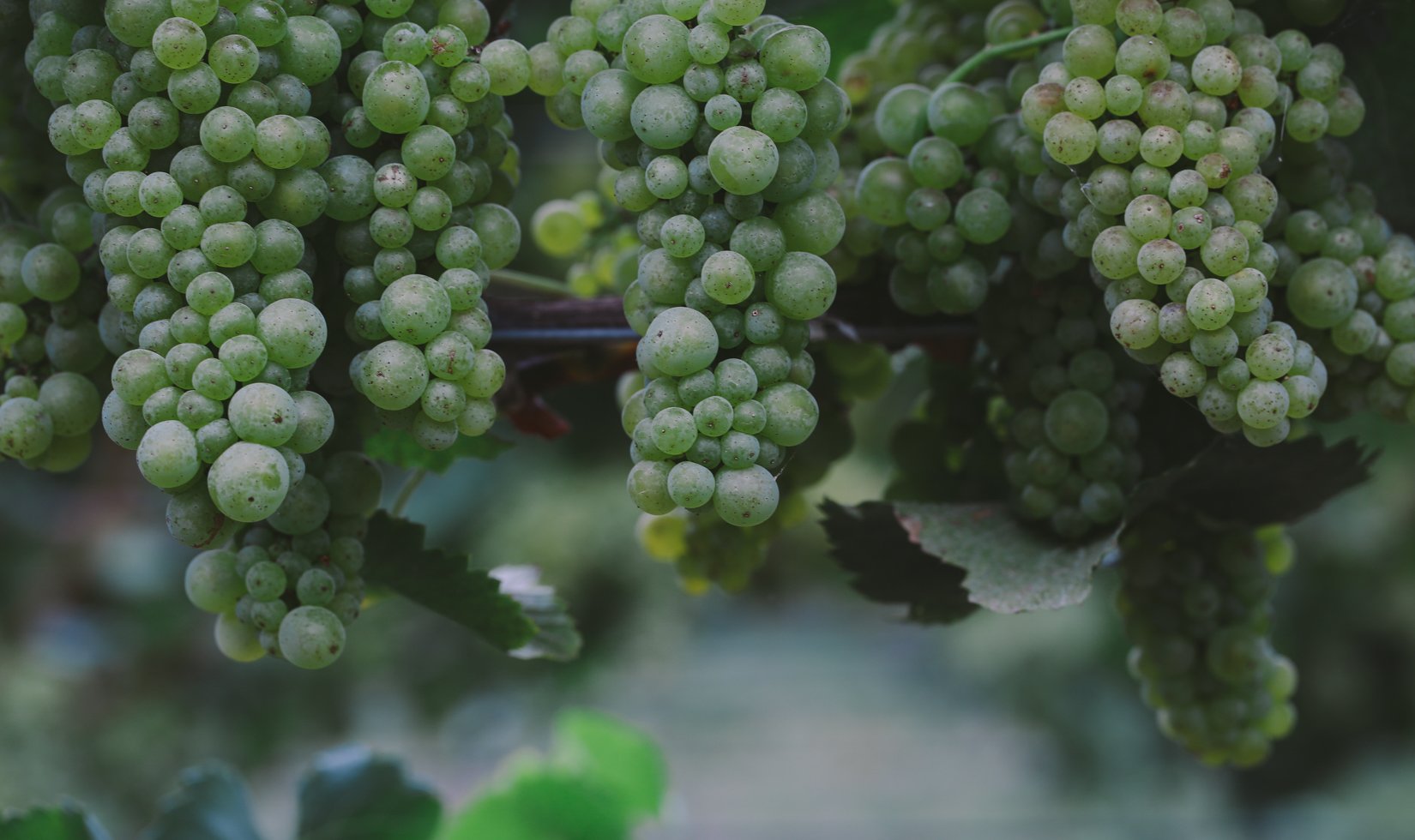
Cool Weather in August 2016 Intensified Fruit Flavors
A massive cooling trend hung over Sonoma County vineyards during the month of August in 2016, with foggy mornings that lingered into the afternoon and temperatures 10 degrees below average. The cool weather allowed our Chardonnay grapes to continue slowly ripening without the threat of excessive heat, which can sunburn their delicate skins. The freshness of fruit and the vibrant acidity in our Chardonnay are also better retained in the clusters when peak temperatures in the summer are less severe. Top grape growing regions also enjoy what are called diurnal temperature variations–large swings in temperature from the coolest point in the night to the highest point in the day. . In the Russian River Valley of Sonoma County where the best chardonnay grapes are grown, summer temperatures can swing from 50 degrees at night to the mid-80s or low-90s on a typical day. This prolonged, final, “cool” stretch for the grapes helps the vines to develop physiological ripeness for the fruit rather than just simple sugar accumulation. Temperatures in August of 2016 ranged from the upper 40s at night to the upper 70s and low 80s during the day, which kept the chardonnay grapes’ acidity very high and bright while the aromas and flavors grew more concentrated.
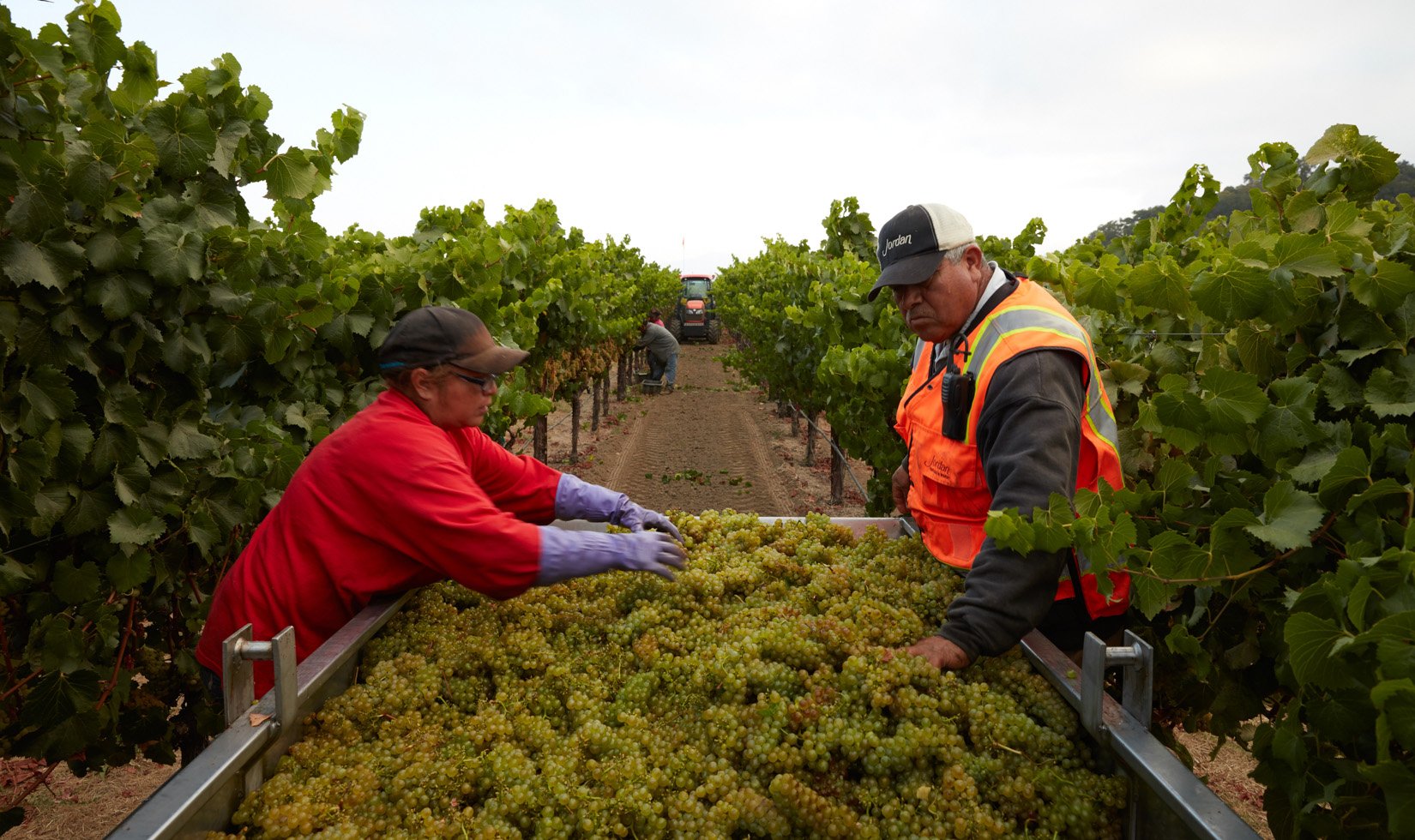
Glorious, Sunny Days During the 2016 Harvest
Near-perfect weather conditions prevailed throughout the month of September–cool mornings and warm, sunny afternoons without excessive heat–allowing us to pick Jordan’s Russian River Valley Chardonnay grapes in the coldest hours of the night to preserve their bright acidity, vibrant aromas and crisp fruit flavors. In 2016, harvest began on September 1 with Russian River Valley Chardonnay—all fruit handpicked in the coolness of the night and early morning hours before sunrise. Picking continued under ideal weather through September 22, with sugar levels averaging 23.4 Brix. Fruit arrived at the crushpad very pristine without sunburn and with phenomenal varietal character. What I look for in a great harvest is intensity of fruit flavors, and when we transferred the 2016 fruit from the grower’s bins to our hopper, our senses were overwhelmed with gorgeous aromas. Joy turned to pure elation. Compared to vintages like 2012 where the tons harvested exceeded our estimates, 2016 was right on par. Both 2016 Jordan wines are a fitting way to celebrate the 40th anniversary of our first vintage, the 1976 Jordan Cabernet Sauvignon.
